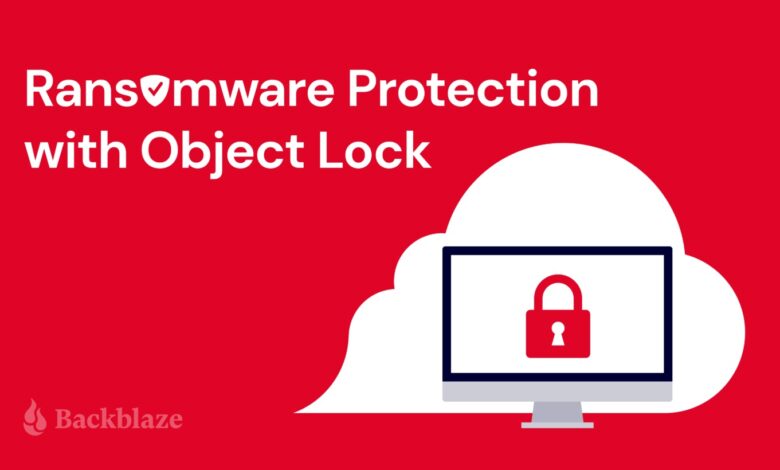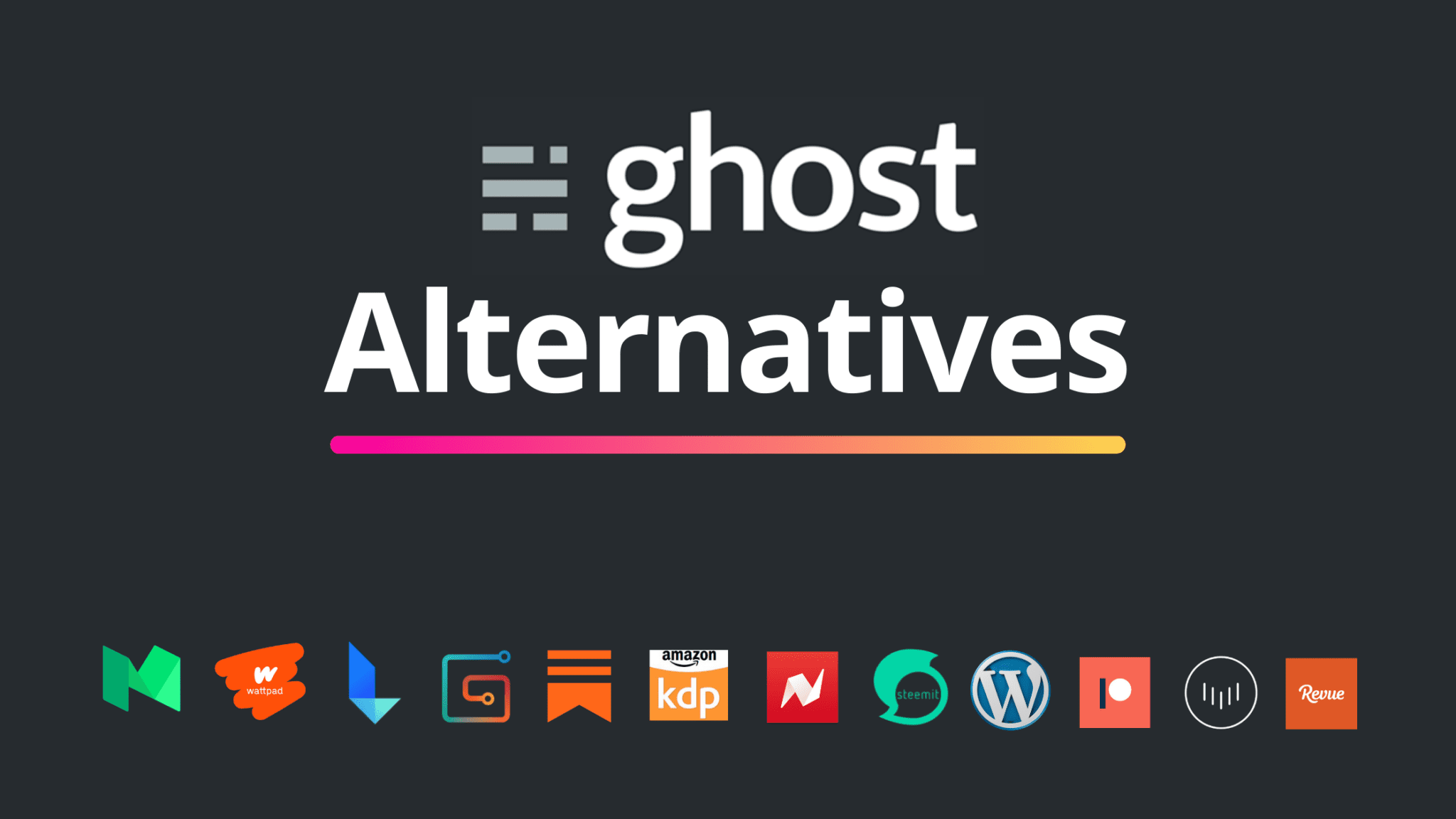Why You Need Object Lock for Your Business Data

Data is every business’ backbone, so most companies work tooth and nail to ensure their data is safe and recovery becomes fast. The rate of ransomware attacks keeps increasing, and the cost of these attacks affects businesses.
Many businesses are concerned about cyber criminals, so they use an object lock to protect their data. If you need help understanding this simple concept, this article is for you. We will help you know what object lock is, how it works, and why you should use it.
What is an Object Lock?
An object lock helps prevent objects from deletion or alteration for a fixed amount of time. You can use object lock to meet the regulatory standards set in some industries. You can also use it to add a layer of protection against object deletion and changes. This backup protection tool protects objects from malicious deletion.
As a business, you can store your files in a highly secure and tamper-proof way. Many companies use an object lock to keep an unchangeable permanent copy of their data. They rely on this secure copy to demonstrate compliance or for auditing purposes.
Object Lock Functionality
Object lock functionality revolves around keeping data free from interference for a specific period or indefinitely until you remove the lock. Object lock is implemented mainly at the bucket (an entity that handles storing objects) level.
You can define retention settings for a specific period. You can apply retention settings at the object level or bucket level. Once you set the object lock, data cannot be tampered with or deleted for that period, but after the retention expires, you can delete the data. In a different scenario, a business can set an indefinite retention period or legal hold to prevent the object from being deleted until the user removes the hold.
Object Lock Protection Modes
Objects with object lock include the choice of either governance or compliance. You can set the retention settings by specifying the date (Retain until date) or applying a legal hold (on/off).
In the governance mode, users with special permission can remove the retention settings. In the compliance mode, no one can change or delete data – including users with root privileges. Users will have to wait for the set period to elapse to make any changes.
The governance mode is ideal, where compliance is optional. The compliance mode is best where a business stores data requiring regular compliance monitoring.
Why You Should Use Object Lock
Object lock is the best idea for businesses to protect their files against accidental deletion. It also prevents anyone from tampering with your sensitive files, such as essential documents necessary for an audit.
Medical and financial institutions are examples of industries where object lock is part of their compliance considerations. Another reason why you should use object lock is to protect against ransomware.
Threat actors in the cloud target backup data for most businesses forcing them to pay ransom to recover this data. If you do not want to be part of the statistics on ransomware attacks, consider using an object lock to add another level of security to your backup data.



